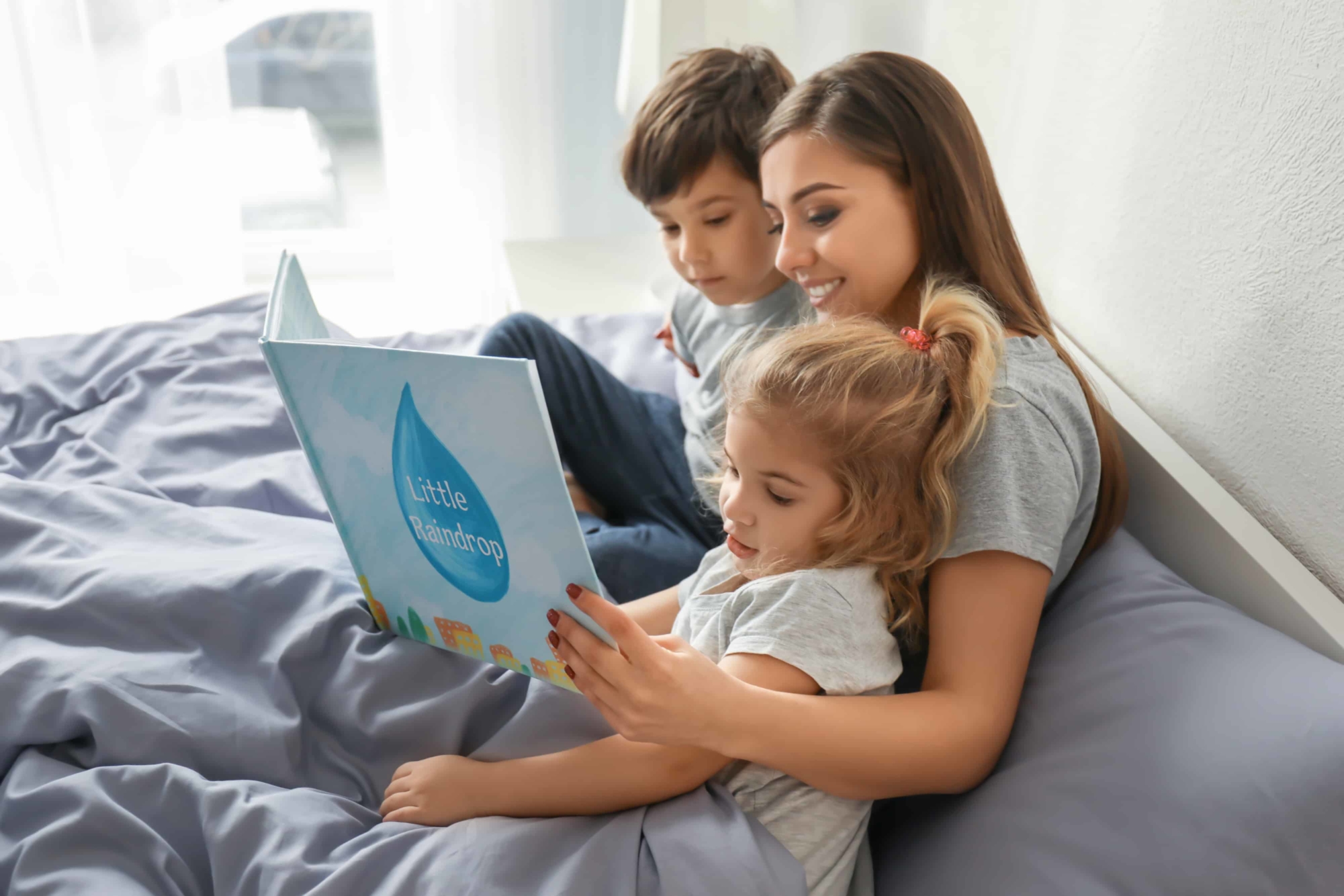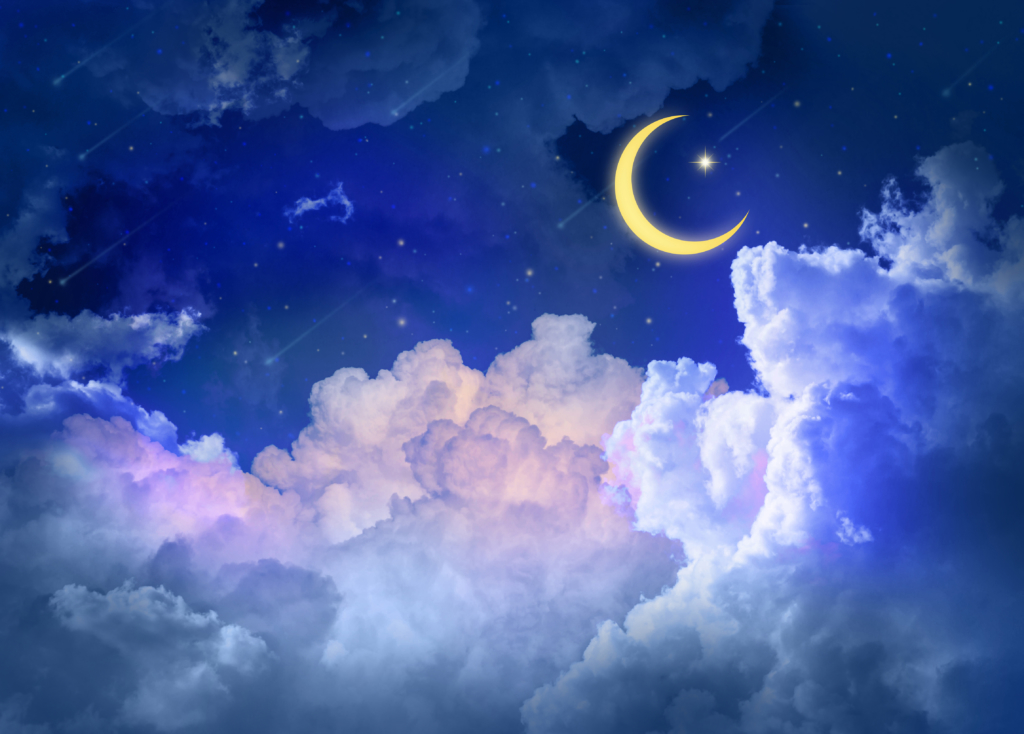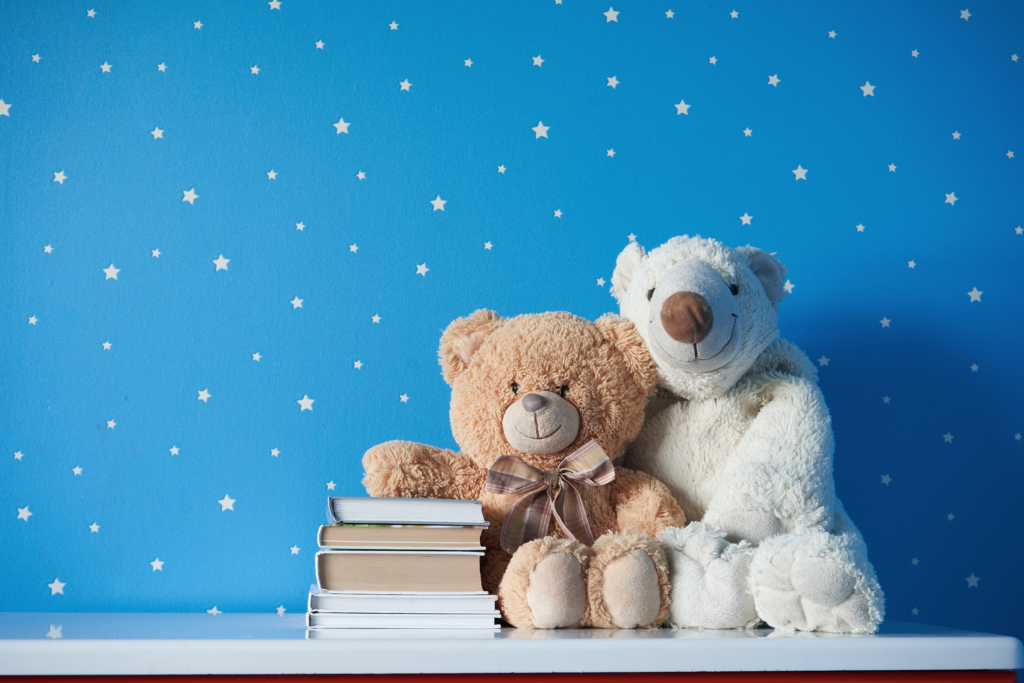Bedtime Stories and Our Kids Sleep Aid Sleepy Sloth
Our bedtime stories are unique, especially to parents navigating their child’s sleep patterns and how their environment, diet, and mental health can all be affected if they aren’t getting enough of it. Today we want to explore the bedtime stories of so many who struggle to get their kids to sleep, and our kids sleep aid Sleepy Sloth, which has the potential to offer more than just a good night’s sleep to you and your loved ones. We want to discuss the broad subject of sleep and share the heart behind Sleepy Sloth kids sleep aid. We also want to share why the combination of ingredients and their synergetic qualities make it a safe, natural sleep aid with some hidden superpowers to potentially boost your child’s neuro-function too.
We all spend around a third1 of our lives sleeping or maybe trying to sleep. From the moment we are born, questions like, how well is he sleeping? Or is she sleeping through the night? Echo through family homes, mom’s meetups, and online forums. As a result of this necessary biological requirement becoming such a challenge for many, the adult and now kid’s sleep aid market is growing with full force. A 2020 article even predicts that by 2025 the sleep aid market will have increased by 7% since 2018.2
The study of sleep and the introduction of sleep clinics3 only became prevalent in the USA in the 1970s with the discovery of rapid eye movement sleep (REM) being discovered in 1953.4 REM sleep is a significant part of our sleep cycles, and it is suggested that it plays a large role in learning, memory, and mood.5 The brain moves through five stages during sleep, and this cycle is repeated several times during the night with REM sleep making up 20%-25% of an adult’s sleep cycle. Fascinatingly though, it is theorized that REM makes up around 70% of a child’s sleep cycle, and a study done at Washington State University6 emphasizes the importance of REM sleep in early life. However, this is an area of research that is still to be expounded on. Precisely what happens in the developing brain during this sleep phase is still yet to be fully discovered.
A conversation led by The American Academy of Pediatrics7 states that between 25% – 50% of children and 40% of adolescence are affected by sleep problems. They say that this is due to various sleep disorders that have a knock-on effect on family life, cognitive development, and growth. It states that parents often become acutely aware of changes in their children. By gathering health history and, importantly, what their child’s sleep patterns are like, professionals gain many clues as to why a child may suddenly start having behavioral, memory, and attention challenges.
The Sleep Foundation8 goes into even more detail about what happens when children don’t get enough sleep. First of all, they state that the effects of sleep disorders in children can mimic symptoms of attention conditions.9 This critical observation is acknowledging the mood swings that can happen in sleepy and sleep-deprived children. It’s fair to say that we have probably all experienced a tired child at one time or another. Within this conversation, the American Academy of Paediatrics (AAP) states that children under five are not getting adequate sleep from a sleep hygiene10 and regulatory perspective. This highlights several concerns that can result from inadequate sleep in developing age children. Some examples of this are as follows; immune health can be compromised11, anxious and sad feelings can be exacerbated,12 and a lack of sleep in children could also contribute to obesity and subsequent health concerns from this.13
As children grow to adolescence, the concerns around poor sleep regulation, sleep duration, and sleep disorders all have subsequent consequences. One report showed that lack of sleep in adolescence could affect academic performance14 and mental health15 with several associations stating that chronic sleep loss in adolescents is a public health problem.16
Here at X5 Naturals we think it’s safe to say that the bedtime stories of many are not all that easy-going and that chronic sleep loss and the growing body of disorders in our children are leaving many with potential long-term concerns. So, where does this lead us in the discussion of sleep? And what can we do to ensure that bedtimes kindly greet us instead of being a time of day that we dread?
The X5 Naturals sleep aid for children, Sleepy Sloth contains just three natural core ingredients, Copaiba oil (an essential oil from a tree), L-Theanine (a powerful amino acid), and Melatonin (a hormone that our body already produces). Unlike other children’s sleep aids that come in the form of sugary gummies, this tincture can be taken directly or even placed in a tea or some warm milk before bed, and it’s three ingredients also boast a number of benefits for children as they sleep.
So, what ingredients make up our children’s sleep aid, Sleepy Sloth?
COPAIBA
Copaiba oil, or as we like to call it, CBA, is entirely safe for kids. CBA falls under the gentle category of essential oils, making it an oil suitable for children.17 The Mommy Connections blog18 also highlights the use of CBA oil to ease achy joints, support the respiratory system, and even help with teething. The presence of CBA in Sleepy Sloth can help children feel a sense of grounding as they go to sleep and be a resource for their minds while they are sleeping too.
L-THEANINE
L-Theanine is not common in our diet, but the research done on this amino acid says that it can boost calming brain chemicals and lower stress-causing chemicals.19 Other benefits of L-Theanine include the promotion of enhanced alpha brain waves. Michael J Breus Ph.D says:
“Alpha brain waves are associated with a state of “wakeful relaxation.” That’s the state of mind you experience when meditating, being creative, or letting your mind wander in daydreaming. Alpha waves are also present during REM sleep. L-theanine appears to trigger the release of alpha-waves, which enhances relaxation, focus, and creativity.”
We think that L-Theanine is somewhat of a superhero. The way that it has the potential to resource our children’s minds while they are sleeping is a huge benefit and gift to their ongoing development.
MELATONIN
Melatonin is produced naturally by the body and is secreted in high quantities when daylight turns to night. It is a hormone naturally produced in the body and a safe and natural supplement that maintains our circadian rhythms, the “clock” part of our brain, and supports sleep. On a sleep hygiene note, i.e., what our kid’s routines are just before bed, some studies suggest that the use of screens into the evenings could be affecting melatonin production, especially in young people.20 This piece of information feels very important when it comes to a nighttime routine for our kids.
In conclusion, here at X5 Naturals, we are deeply struck by the need for a sleep aid market even to be growing so fervently. If it weren’t for the personal experience of our founder Ruth, Sleepy Sloth kids sleep aid, which has been formulated for children three years old and above, would never have become one of our best-selling products. Sleep conditions in our kids are real, and we advocate for an educated engagement in better night time routines, sleeping habits, and seeking professional help when needed. The number of children suffering from sleep conditions that can affect them and the whole family is concerning but with a little attention to the details, we know that change can happen. Our all-natural kids sleep aid, Sleepy Sloth has a new bedtime story to tell. One of grounding, resourcing, and maintaining healthy sleep cycles. Here’s to a great night’s sleep!
Related Products
1. https://pubmed.ncbi.nlm.nih.gov/10553199
2. https://www.infiniumglobalresearch.com/survey-reports/global-sleep-aids-market
3. https://thorax.bmj.com/content/53/suppl_3/S2
4. https://www.ncbi.nlm.nih.gov/pmc/articles/PMC2413168/
5. https://www.medicalnewstoday.com/articles/247927
6. https://research.wsu.edu/2016/02/19/rem-sleep-vital-for-young-brains
7. https://pedsinreview.aappublications.org/content/32/3/91.long
8. https://www.sleepfoundation.org/children-and-sleep
9. https://pubmed.ncbi.nlm.nih.gov/29072500/
10. https://www.cdc.gov/sleep/about_sleep/sleep_hygiene.html
11. https://pubmed.ncbi.nlm.nih.gov/23729936
12. https://pubmed.ncbi.nlm.nih.gov/24080494/
13. https://pubmed.ncbi.nlm.nih.gov/27940688
14. https://pubmed.ncbi.nlm.nih.gov/28481337
15. https://pubmed.ncbi.nlm.nih.gov/26744783
16. https://www.ncbi.nlm.nih.gov/books/NBK19961/
17. https://www.newdirectionsaromatics.com/blog/articles/safeforbaby-essential-oils-readytouse-products.html
18. https://mommyconnections.ca/durham/2017/05/11/kid-friendly-essential-oils-for-everyday-ailments
19. https://www.psychologytoday.com/gb/blog/sleep-newzzz/201708/what-you-need-know-about-l-theanine
20. https://www.ncbi.nlm.nih.gov/pubmed/26301944
Medical Disclaimer: All content found on the x5naturals.com website, including text, images, audio, or other formats were created for informational purposes only. It is not intended to provide medical advice or to take the place of such advice or treatment from a personal physician. All readers/viewers of this content are advised to consult their doctors or qualified health professionals regarding specific health questions. The publisher of this content does not take responsibility for possible health consequences of any person or persons reading or following the information in this educational content. All viewers of this content, especially those taking prescription or over-the-counter medications, should consult their physicians before beginning any nutrition, supplement or lifestyle program. Links to educational content not created by X5 Naturals are taken at your own risk. X5 Naturals is not responsible for the claims of external websites and education companies.



